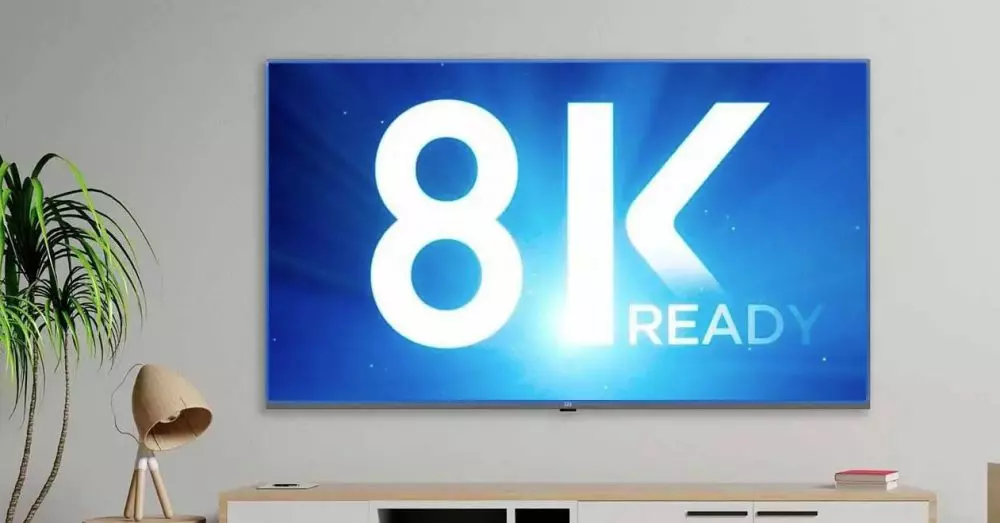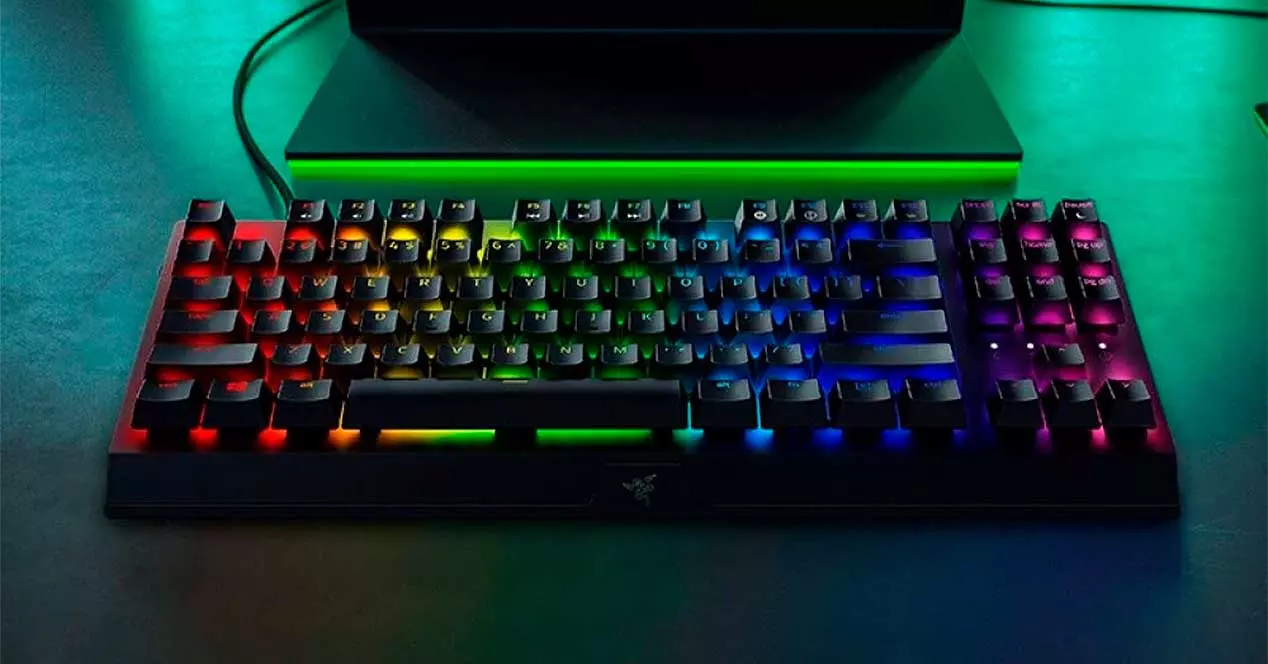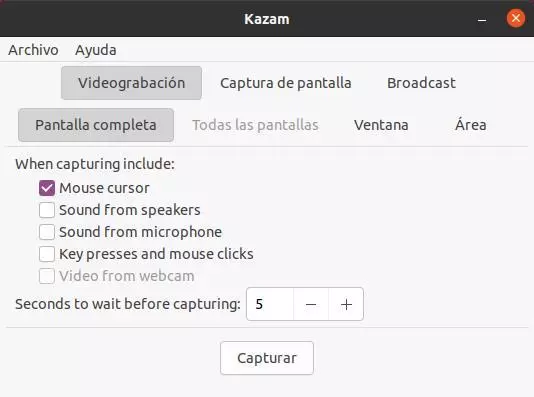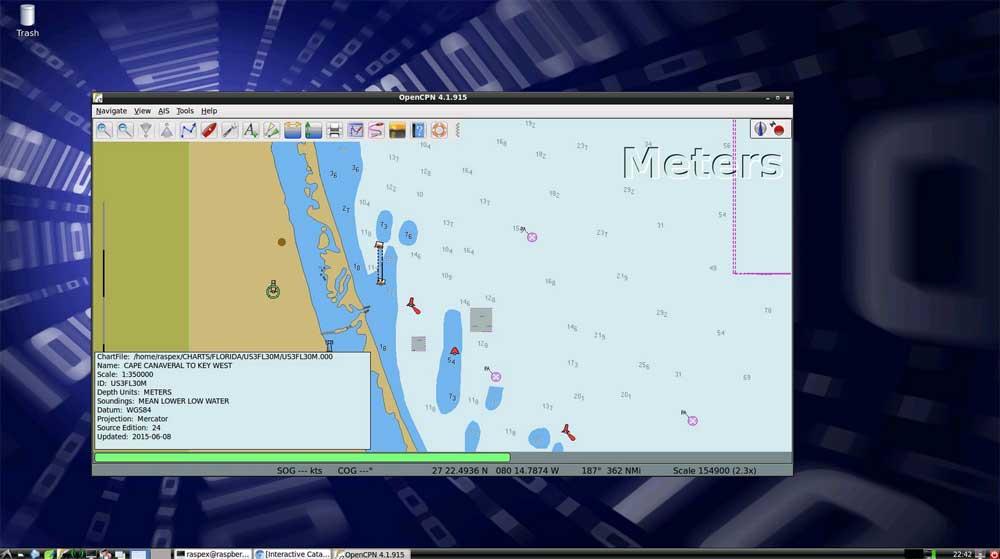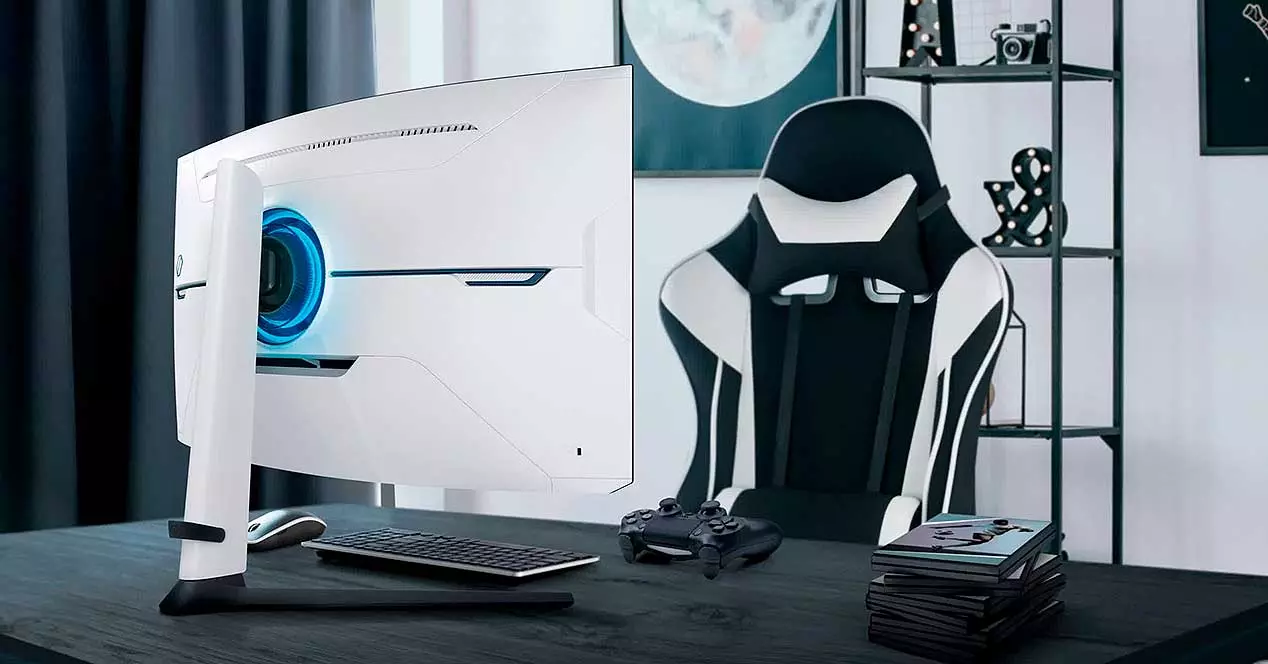
We could widely discuss where the video game industry is going, graphics cards and, consequently, monitors, but this would lead us towards too complex speculation, so we have preferred to take a specific theme and talk about what it is or is to come The 4K displayand now the TVthey have been with us for a long time, but are they really present or past?
For more than a decade, the benchmark has always been 4K, the maximum exponent, that resolution that everyone wants to achieve. But given the current situation, the technologies and the latest in the market, we could perfectly well think that this has to change.
4K resolution and monitors, haunted by TVs?
The market is fragmenting and it seems that in a short time we are going to have mixed products, and we explain ourselves. There are users who prefer the image quality offered by OLED over technologies such as Flicker Free, G-SYNC Ultimate or contrast enhancers to avoid dark areas in competitive games.
Virtually no one watches television on DTT anymore, everything is on demand, pure streaming, so televisions are becoming more of a monitor than their main function. We have already seen it with several models and it seems that the trend is accelerating. Monitors, on the other hand, are not adopting panels OLED from what we all know, but they are growing and much in size to match televisions.
Both arguments have a common denominator: 4K resolution. Why have both TV and gaming monitors been stuck at this resolution for so many years? Is there life beyond this? Well, the reality is that everything depends on two factors: technology and demand. Which really complicates everything and the forecasts are quite curious about it.
The boom of resolution and hertz
The current stagnation has few precedents, but without a doubt the 4K gaming monitor or 4K gaming TV is the present and the most immediate future. The reasons are simple: 8K is really green, out of price for the common user and there is also no hardware that moves it to 60 Hz with ease, ergo there is no demand as such for the PC market.
The road will not only be 4K, but it will be 4K with high FPS. Samsung recently introduced the first gaming panel and monitor 4K at 240Hz native people. That implies DisplayPort 2.0 or HDMI 2.1, where the former requires UHBR 20 without compression, and the latter DSC with considerable color loss. Therefore, first you have to solve everything mentioned:
- panels 8K accessible now 60Hz at least.
- Implementation of DisplayPort 2.0 with UHBR 20.
- panels OLED for gaming without Burnout.
If these three premises are not resolved, whether or not they are resolved at the same time or separately, 4K monitors are the way forward for the industry to solve what has been said. Gamers are increasingly demanding, whoever tries a 120 Hz or higher panel does not want to go back and, therefore, 8K at 60Hz It could be an option that, although it is affordable, many directly discard.
The market is showing it this way and it seems that gaming monitors and TVs will continue with 4K for at least another decade, while pure TVs focused on watching movies and series will make their way little by little with 8K, but it will be slow and progressive.

